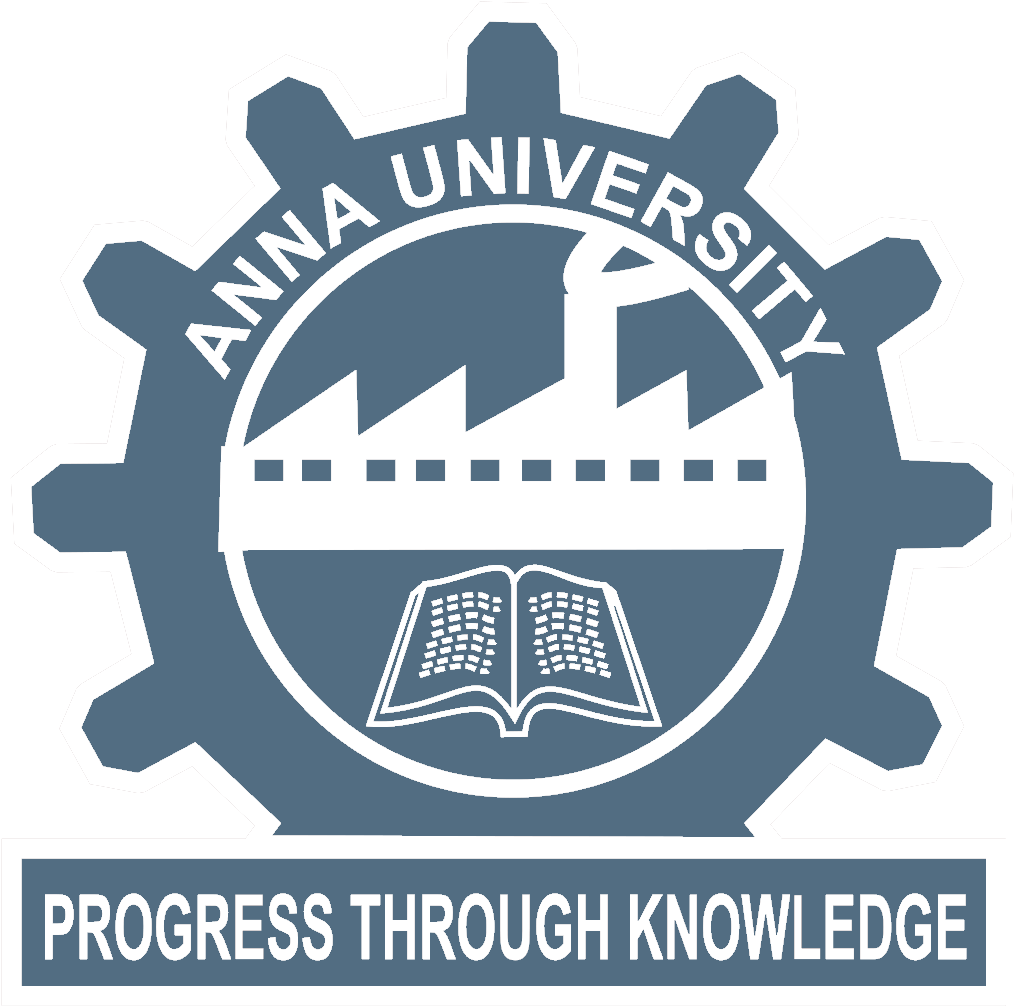Thrust Areas
By the Numbers
625
UG Students
229
PG Students
207
Scholars
62
Faculty
51
Staff
15
Patents
88
Projects
1529
Publications
29838
Citations
84
H-Index
Message from the HOD
Dr. S. Kanmani
PROFESSOR
The Department of Civil Engineering of Anna University is the oldest in the Country. It dates back to May 17, 1794, when the East India Company established a Survey School to train military personnel and surveyors. This has grown to a Civil Engineering School in 1858 and later a Civil Engineering College in 1859. Over the years with the help of dedicated group of people, it expanded to the present level as one of a highly reputed group of Civil Engineering Departments in the country. Presently the Department of Civil Engineering has six well established disciplines - Structures, Water Resources, Soil Mechanics, Environmental Engineering, Urban Engineering and Remote Sensing.
